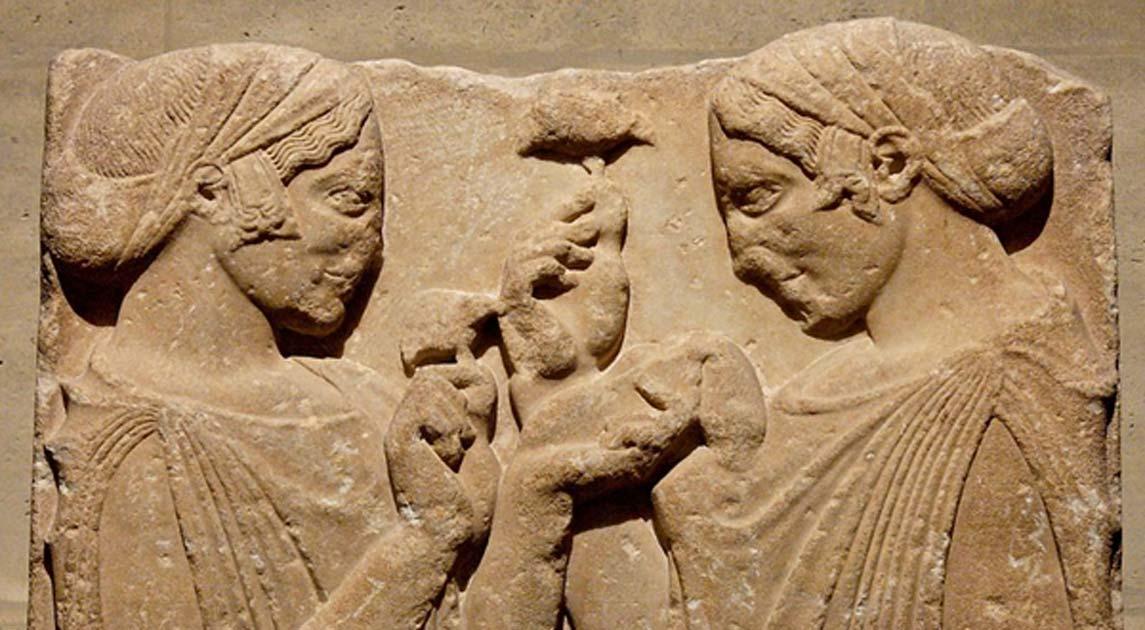As we begin to integrate psilocybin mushrooms into modern culture, it is important to recognize the long and rich history of these fungi. It has been suggested by Terrance McKenna through his book, “Food of the Gods”, that the ingestion of magic mushrooms may have contributed to human evolution and the advancement of technology, language, and culture.
The use of Psilocybin as Medicine dates back thousands of years and is typically discovered through the artwork and artifacts remaining from these cultures. These fungi were notoriously used by Aztec, Mayan and Toltec people in Central America, Native Americans in North America, Siberian Tribal societies in Ancient Siberia. The initiation rituals of the Eleusinian Mysteries celebrated the use of magic mushrooms in Ancient Greece, while in ancient Egypt psilocybin mushrooms were reserved for the upper class. Images of mushrooms found on the Bradshaw Rock Art suggest that native peoples of northern Australia ingested psilocybin mushrooms dating back to 10,000 BCE.
While much of the ancient use of psychoactive mushrooms likely remains unknown, what we do know is that these fungi played an influential role in these ancient cultures. What we are seeing in the Psychedelic Movement of the Western world is that too often the stories of these cultures get ignored or even erased. We want to encourage you to learn about the stories and help keep them alive as you experience your Psilocybin journey.
Traditional Cultural and Medicinal use of Psilocybin
The native users of psychedelics have used Psilocybin Mushrooms to induce altered states of consciousness for religious, ceremonial and medicinal purposes.
These plants were commonly reserved for Shamans to facilitate communication to their ancestors and to connect to the land. It is common in these cultures that only the healer will ingest the hallucinogens and use the mushroom to treat the illness.
Cleansing the mind, body and spirit in preparation
Psilocybin would be used only for very intentional settings such as an initiation rite or healing ceremony. Indigenous cultures practice strict guidelines such as avoiding intoxicants and stimulants including coffee, alcohol and nicotine. Diet is also carefully monitored with the elimination of sugar, salt, spices and even sexual activity. The ceremony would be practiced in nature- an extremely important component to honoring their connectedness to earth and to their ancestors.
Ritual
As shown by the ancestors of psychedelic medicine, a ritual can help create an intentional and conscious experience. Try to create a ritual surrounding your micro dosing regimen that you can implement even on your days off. This might include a journaling session, saying a mantra or a prayer out loud, spending time in nature or even a meditation to help connect to your higher self and allow space for the medicines to work their magic!
Giving Back
Find ways to give back! We recommend looking for a way to serve your community and the environment. A great place to start is to educate yourself on ways that you can be more mindful with your impact on the environment. Service can be emotional, physical or spiritual so there are ways to get creative!
The greatest lesson to learn from the relationship indigenous cultures have with plant medicines may be the way in which they give back to the earth. These mushrooms are so powerful due to their rich history with the soil of this earth, they provide us with sacred wisdom of our ancestors and through that we can heal, learn and grow as individuals and as a collective.
Looking to indigenous cultures and their relationships with psilocybin can help inform us to be both conscious and reverent in our own use of these medicines. It is important not only to be intentional about our interactions with Psilocybin but also to remember the communities who have preserved their sacredness. We feel honored to share this experience with you, Happy Micro dosing!
Citations:
Carod-Artal FJ. Hallucinogenic drugs in pre-Columbian Mesoamerican cultures. Neurologia. 2015 Jan-Feb;30(1):42-9. English, Spanish. doi: 10.1016/j.nrl.2011.07.003. Epub 2011 Sep 3. PMID: 21893367.
Noller GE, Frampton CM, Yazar-Klosinski B. Ibogaine treatment outcomes for opioid dependence from a twelve-month follow-up observational study. Am J Drug Alcohol Abuse. 2018;44(1):37-46. doi: 10.1080/00952990.2017.1310218. Epub 2017 Apr 12. PMID: 28402682.
Pettigrew J. Iconography in Bradshaw rock art: breaking the circularity. Clin Exp Optom. 2011 Sep;94(5):403-17. doi: 10.1111/j.1444-0938.2011.00648.x. PMID: 21884255.
https://www.truhavn.com/news/indigenous-cultures-that-used-psychedelic-plants
Written by: Elise Renn





